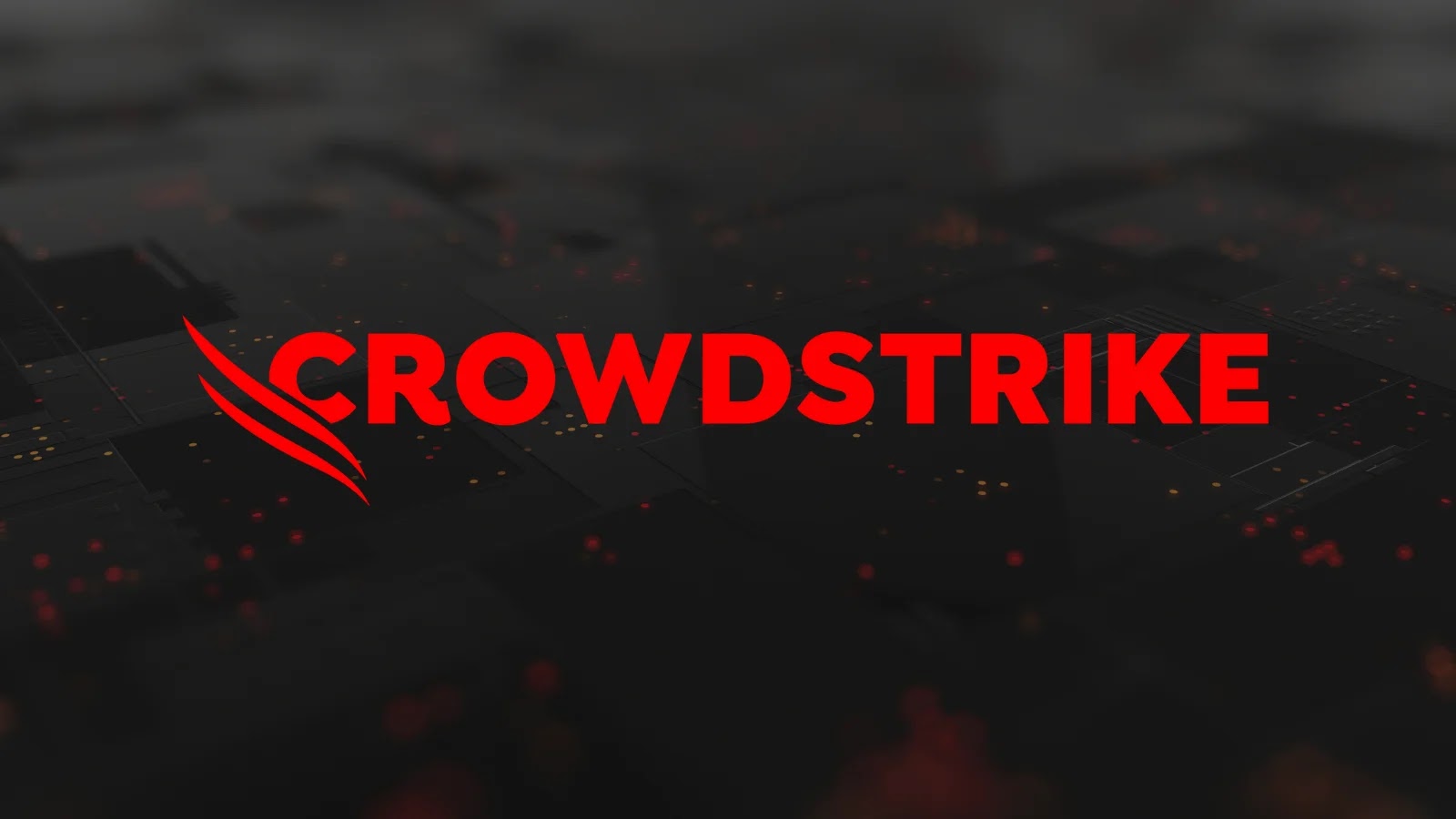
CrowdStrike Fires Insider for Sharing Internal System Details with Hackers
The Gravity of Insider Threats: CrowdStrike Fires Employee Over Sensitive Data Leak
The cybersecurity landscape is a battlefield where the lines between external and internal threats often blur. A recent incident involving industry giant CrowdStrike starkly illustrates this reality. The company has confirmed the immediate termination of an insider who allegedly provided critical internal system details to a notorious hacking collective. This isn’t just a corporate HR matter; it’s a powerful reminder of the pervasive and insidious nature of insider threats, even within organizations dedicated to defending against them.
The Event Unfolds: Scattered Lapsus$ Hunters and the Leaked Screenshots
The details of the breach emerged late Thursday and into Friday morning, sending ripples through the cybersecurity community. The “Scattered Lapsus$ Hunters” a threat group known for its audacious tactics, publicly shared screenshots of CrowdStrike’s internal systems on a Telegram channel. These weren’t mere snippets; they were allegedly sensitive images providing a glimpse into the operational mechanics of a leading cybersecurity firm. Such a leak, regardless of its scale, represents a severe compromise, potentially offering adversaries invaluable intelligence on defensive infrastructure and methodologies.
While the exact contents of the leaked screenshots remain under wraps, the mere act of an insider providing this level of detail to an adversarial group underscores a critical vulnerability: trust. The incident highlights that even advanced security technologies can be circumvented when human elements introduce a weakness. CrowdStrike, a company synonymous with endpoint protection and threat intelligence, now faces the challenge of reinforcing internal controls and scrutinizing its access management protocols.
Understanding the Insider Threat Landscape
Insider threats are notoriously difficult to detect and mitigate. Unlike external attacks that often leave digital footprints from perimeter breaches, insider attacks leverage authorized access. These threats can stem from various motivations:
- Malice: An employee intentionally seeking to harm the organization.
- Financial Gain: Selling sensitive data to competitors or threat actors.
- Negligence: Unintentional errors, such as misconfiguring systems or falling for phishing scams.
- Espionage: Working for a foreign entity or competitor.
In this particular case, the alleged collaboration with the “Scattered Lapsus$ Hunters” points towards a malicious or financially motivated act, elevating the severity beyond mere negligence. The group’s public display of the leaked data serves as both a taunt and a proof-of-concept, aiming to diminish trust in CrowdStrike’s security posture.
Remediation Actions and Proactive Defenses
While the immediate action of terminating the insider is crucial, the long-term remediation involves a multi-faceted approach to strengthen defenses against future insider threats. Organizations, especially those handling sensitive data or providing security services, must prioritize these measures:
- Meticulous Background Checks: Implement comprehensive and ongoing background checks for all employees, particularly those with elevated access privileges.
- Robust Access Control: Adhere to the principle of least privilege (PoLP) rigorously. Grant employees only the minimum access necessary to perform their job functions. Regularly review and revoke access as roles change or terminate.
- User Behavior Analytics (UBA): Deploy UBA tools to monitor user activity for unusual patterns, such as accessing sensitive files outside working hours, downloading large amounts of data, or attempting to access systems unrelated to their role.
- Data Loss Prevention (DLP): Implement DLP solutions to prevent sensitive information from leaving the organization’s control, whether through email, cloud storage, or external drives.
- Security Awareness Training: Continuously educate employees on the risks of insider threats, social engineering, and secure data handling practices. Foster a culture where reporting suspicious activities is encouraged.
- Strict Offboarding Procedures: Ensure immediate revocation of all digital and physical access upon employee termination or resignation.
- Regular Security Audits and Penetration Testing: Conduct internal audits and penetration tests to identify potential vulnerabilities in systems and processes that an insider could exploit.
- Anomaly Detection on Internal Networks: Utilize network monitoring tools that can identify unusual traffic patterns or unauthorized attempts to access critical infrastructure.
The Broader Implications for Cybersecurity
This incident serves as a stark reminder for the entire cybersecurity industry. No organization, regardless of its size or security expertise, is entirely immune to insider threats. The public nature of this leak, facilitated by a notorious hacking group, amplifies its impact, potentially shaking client confidence and providing fodder for other threat actors. The incident underscores the critical need for continuous vigilance, not just against external adversaries, but also against vulnerabilities that lie within the organizational perimeter.
While no specific CVE is associated with this insider threat incident (as it’s a human element failure rather than a software vulnerability), the principles of robust security practices remain paramount. For instance, understanding the impact of unauthorized information disclosure is key, akin to addressing vulnerabilities like CVE-2023-38891 (Directory Traversal) or CVE-2023-34062 (Information Disclosure) which, while different in nature, share the common outcome of sensitive data exposure.
Key Takeaways from the CrowdStrike Insider Incident
The CrowdStrike incident is a powerful lesson in the enduring challenge of insider threats. It highlights that technology alone cannot provide complete security; robust human resources practices, stringent access controls, vigilant monitoring, and a strong security culture are equally vital. As organizations continue to digitize and rely more heavily on interconnected systems, addressing the insider threat becomes an even more critical component of a comprehensive cybersecurity strategy. Protecting an organization means not only fending off external attacks but also strengthening the defenses from within.





